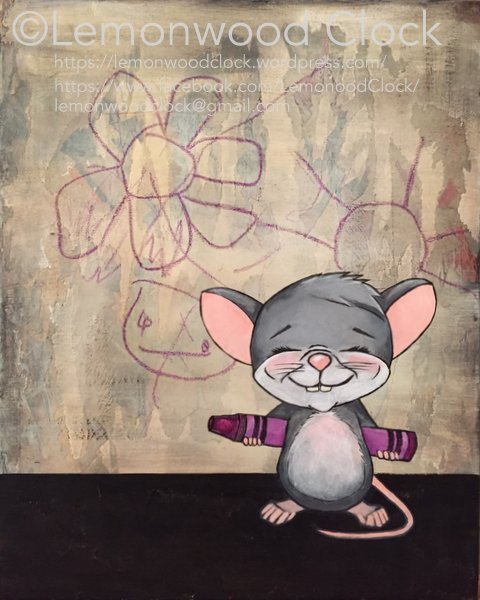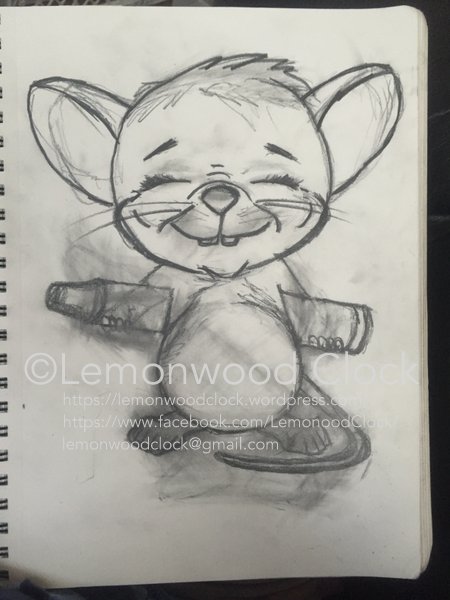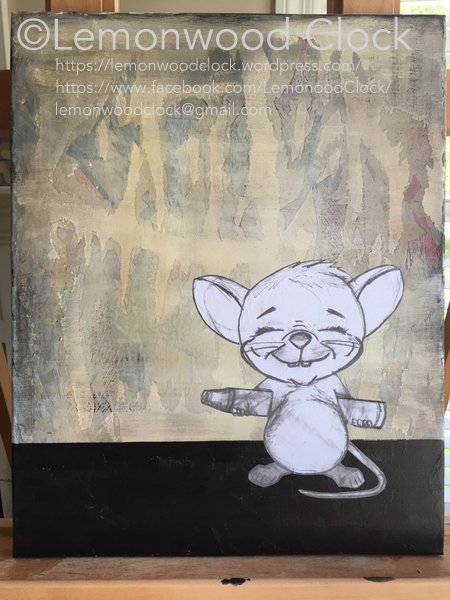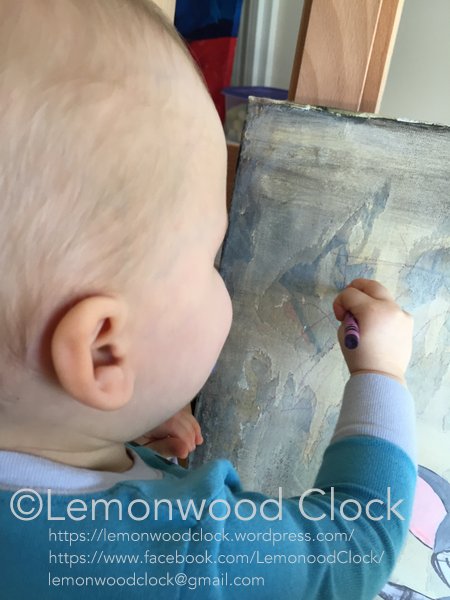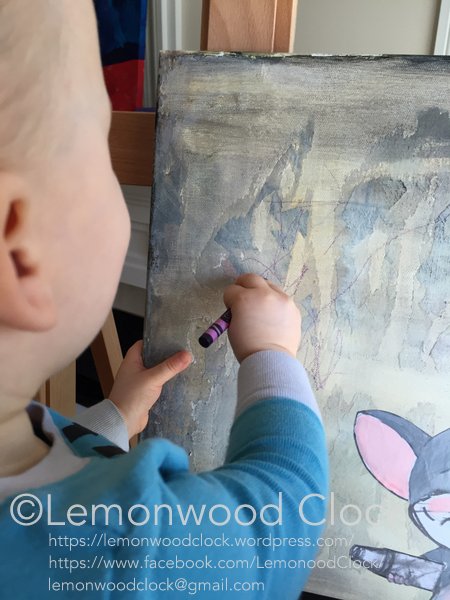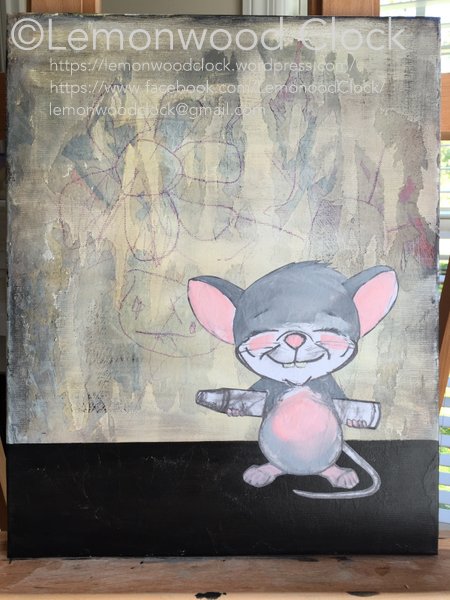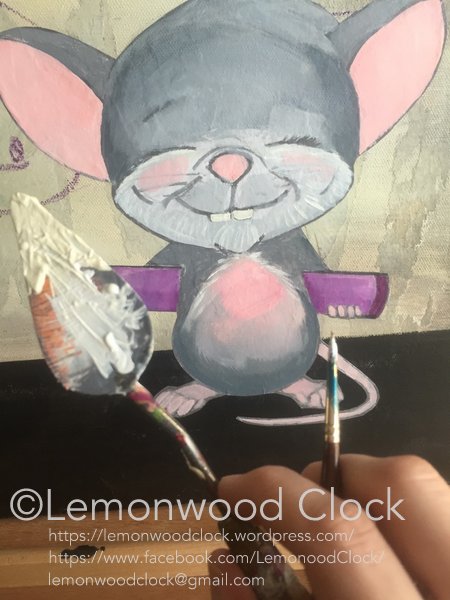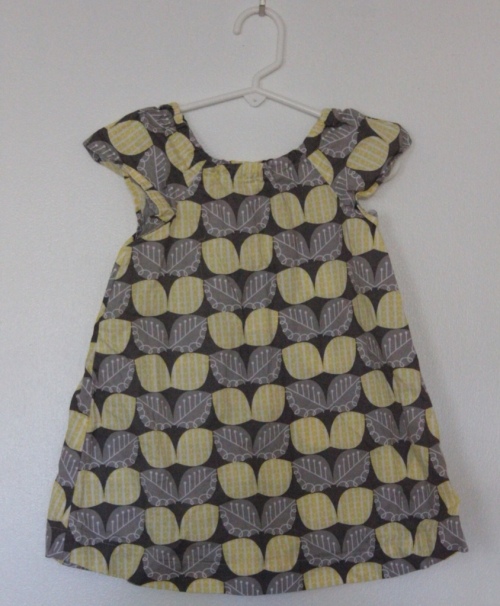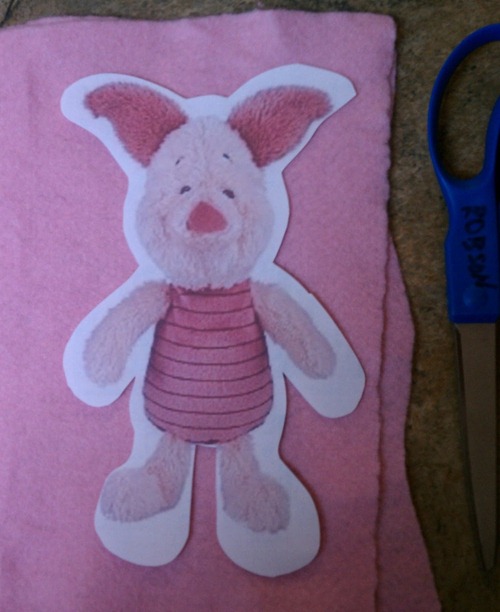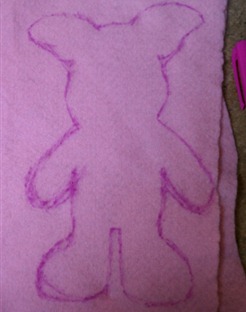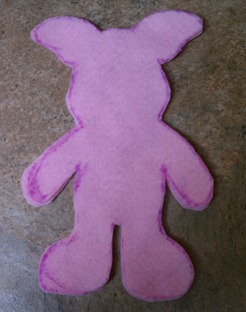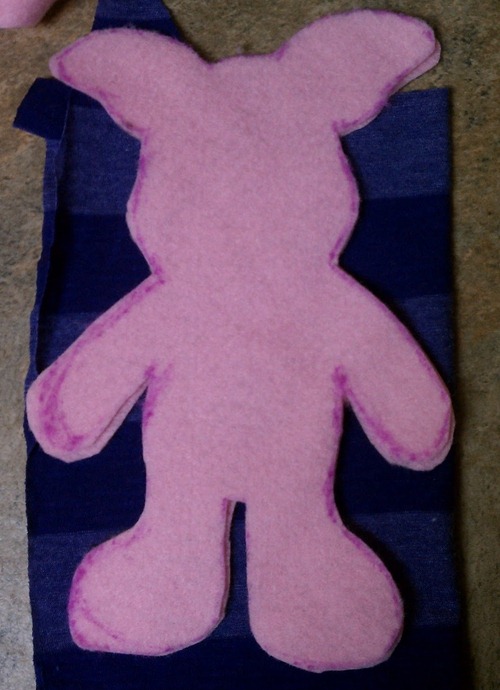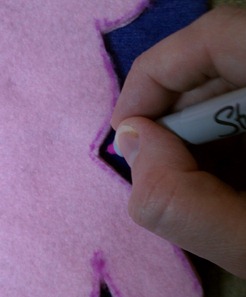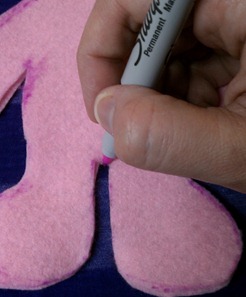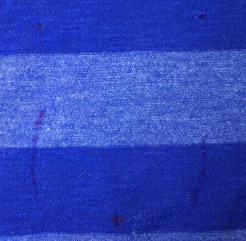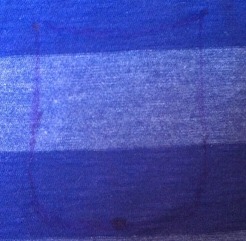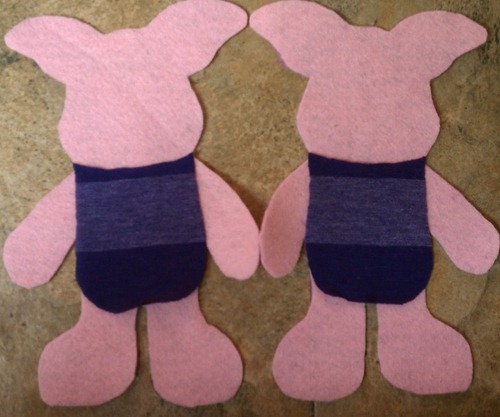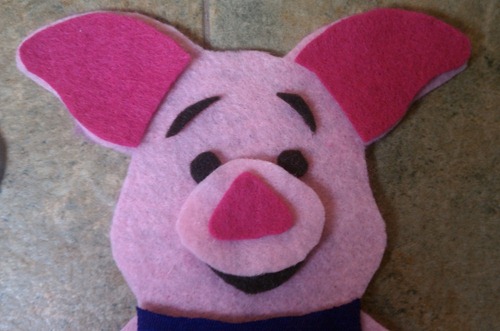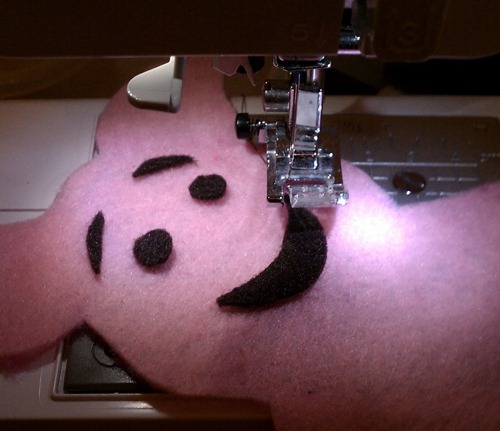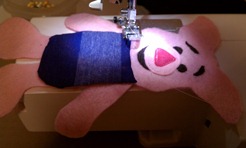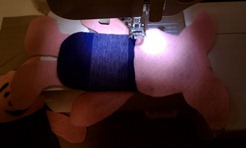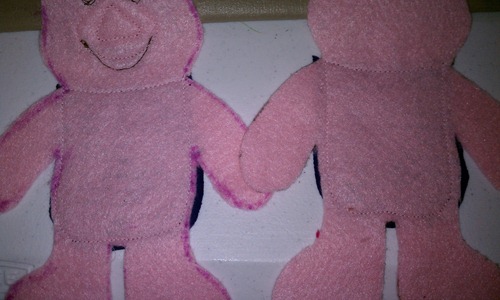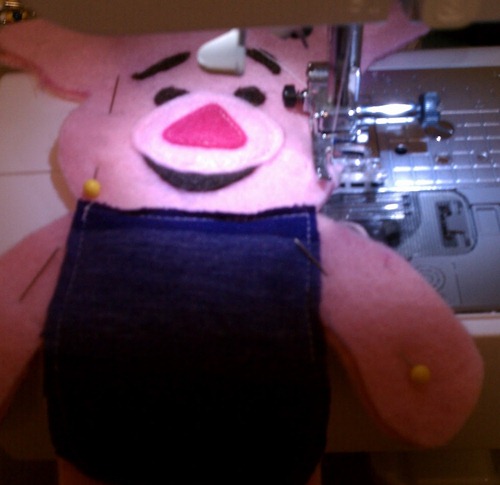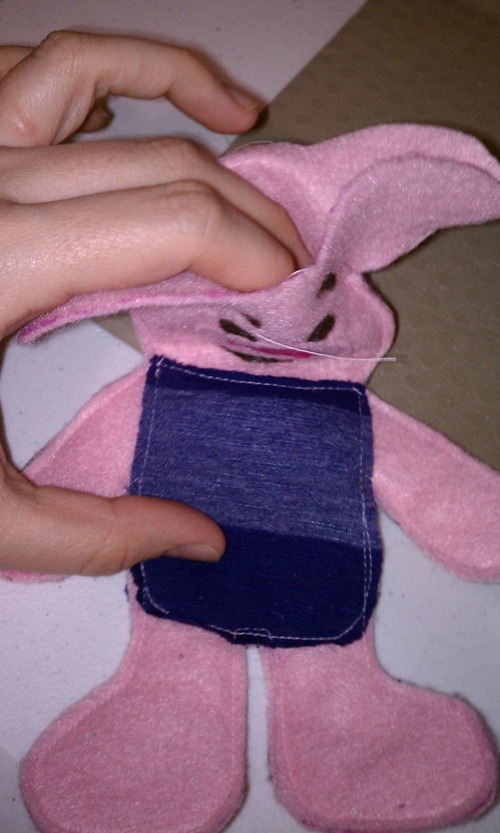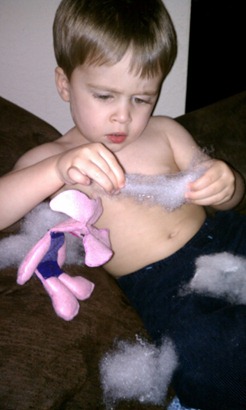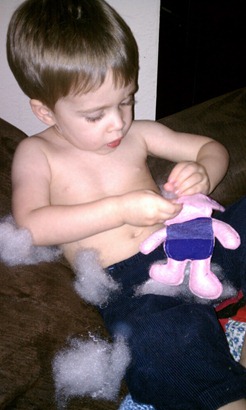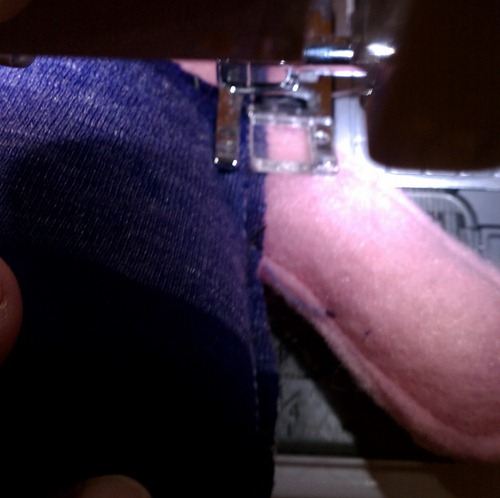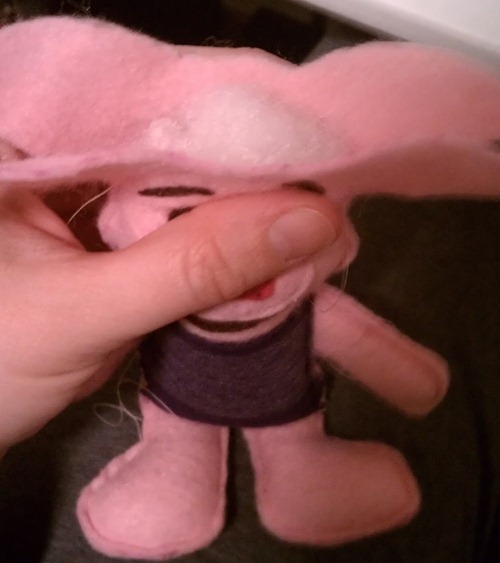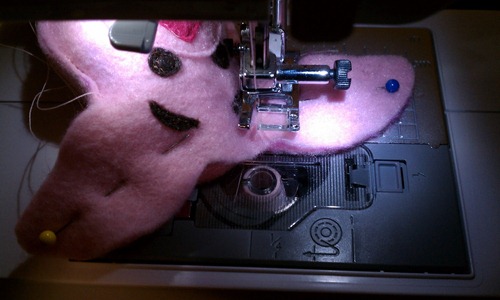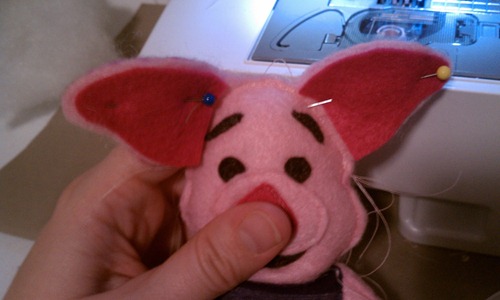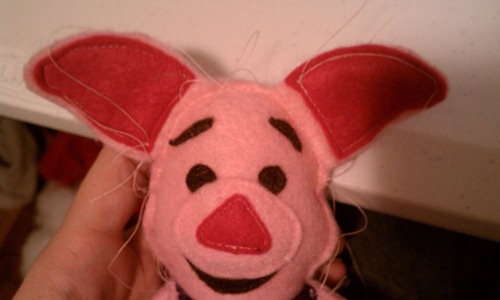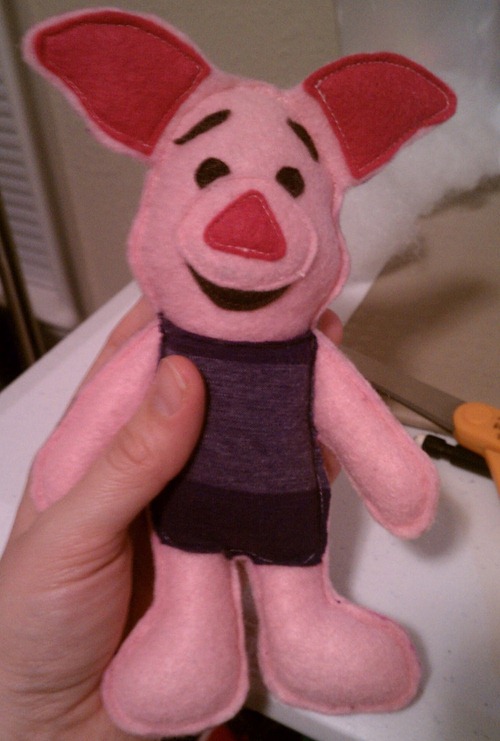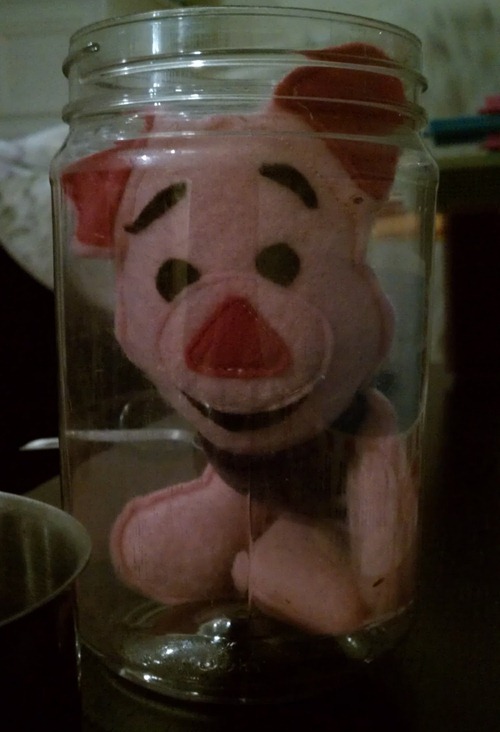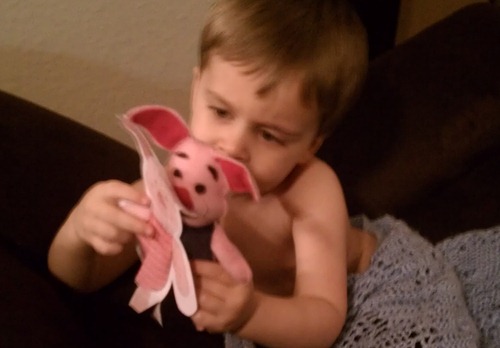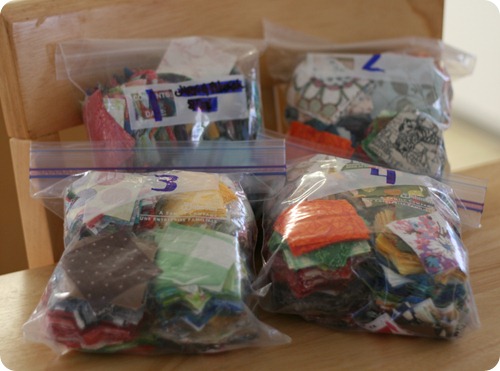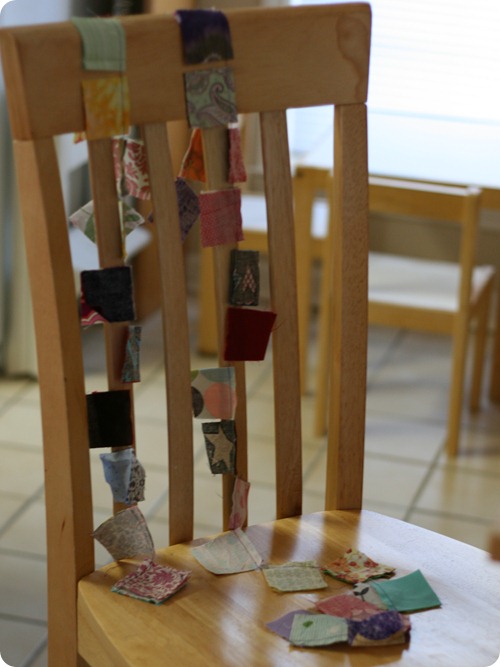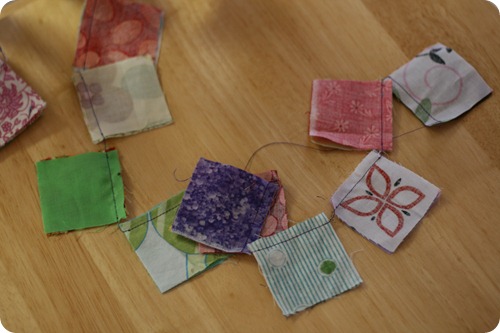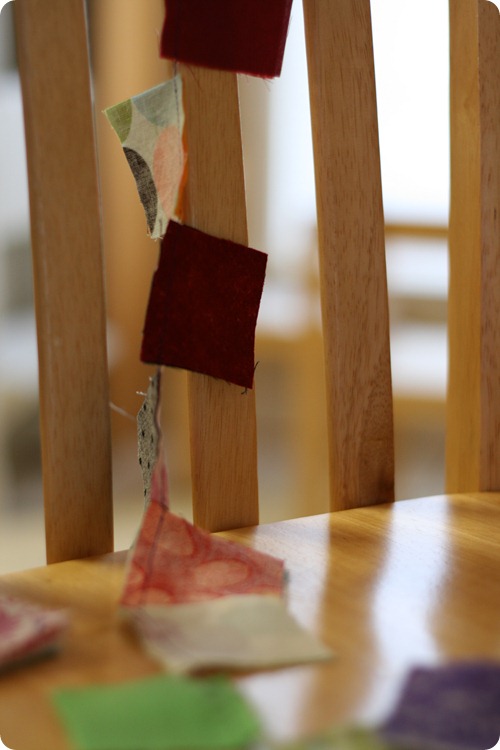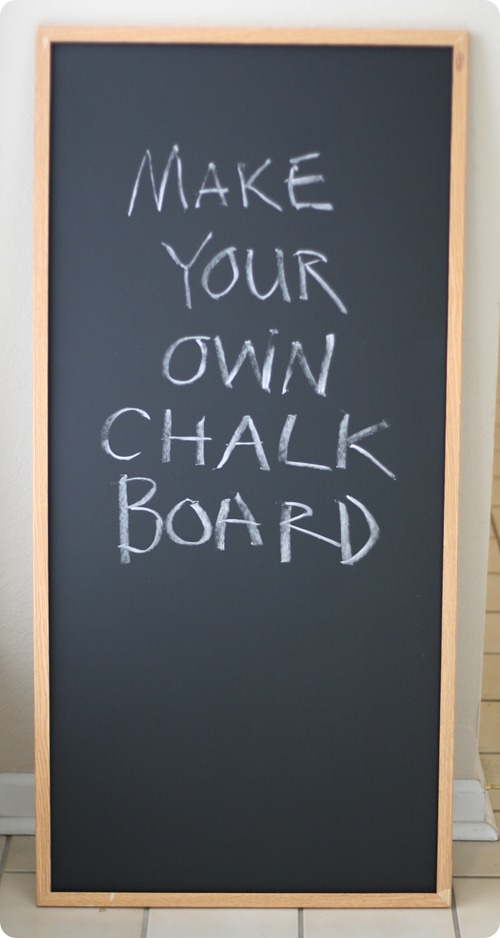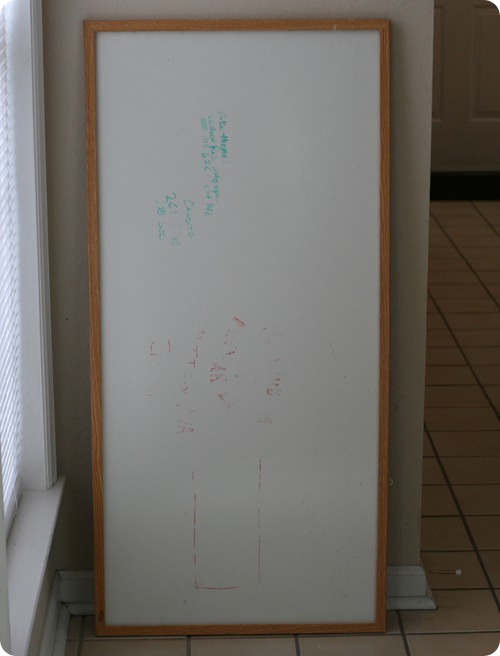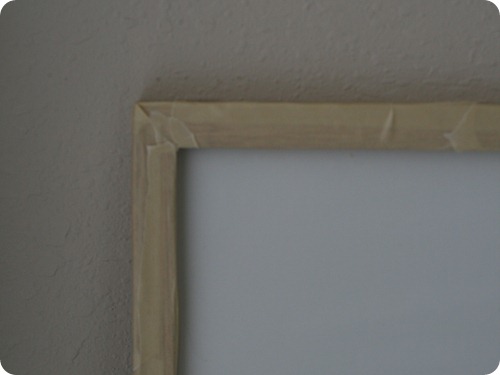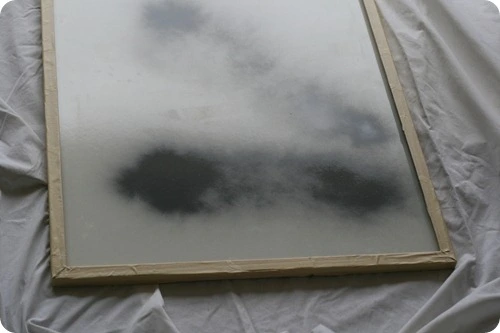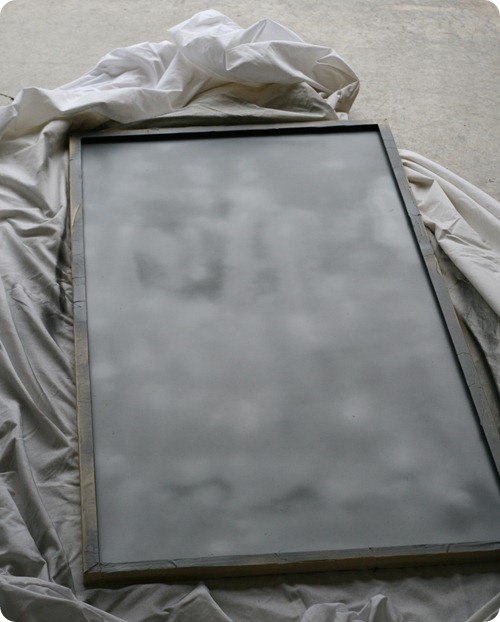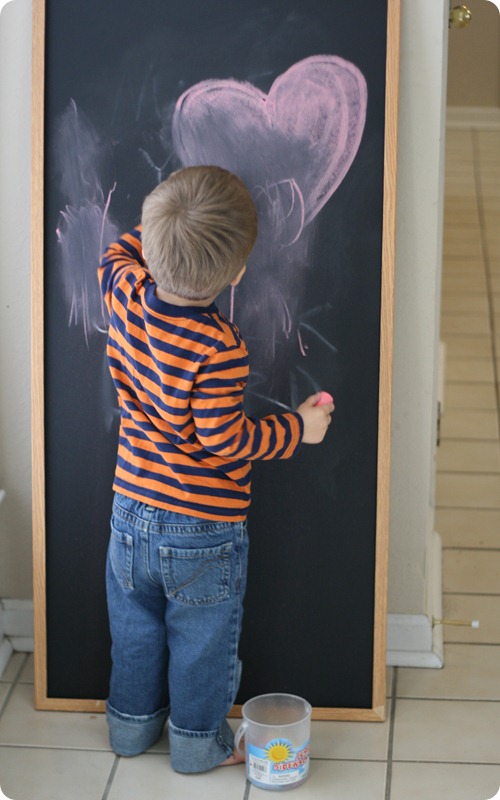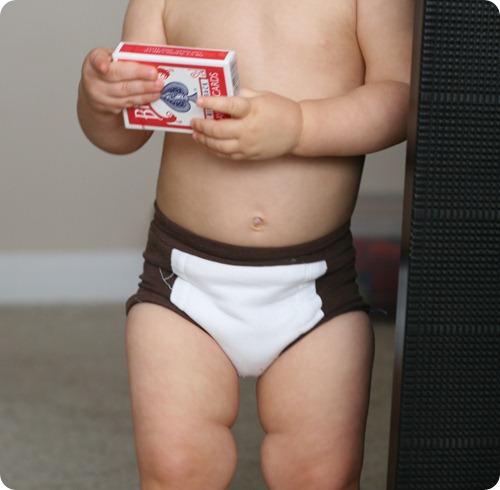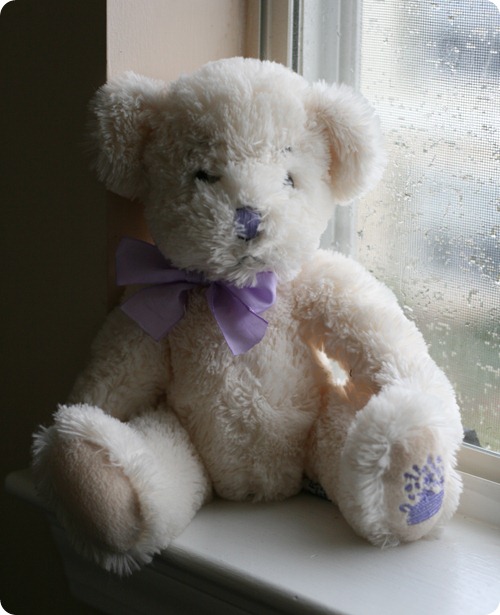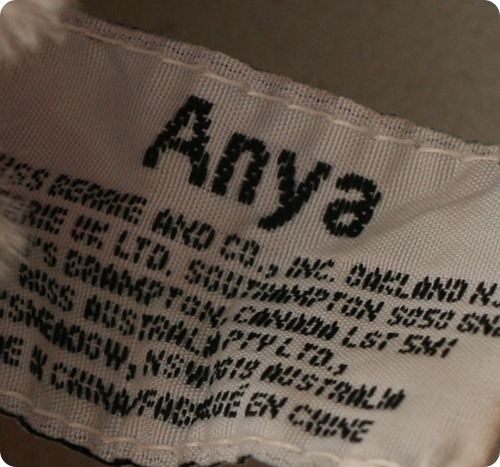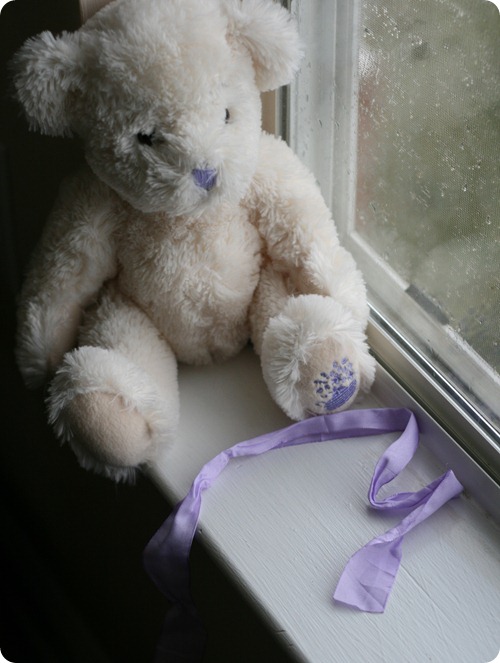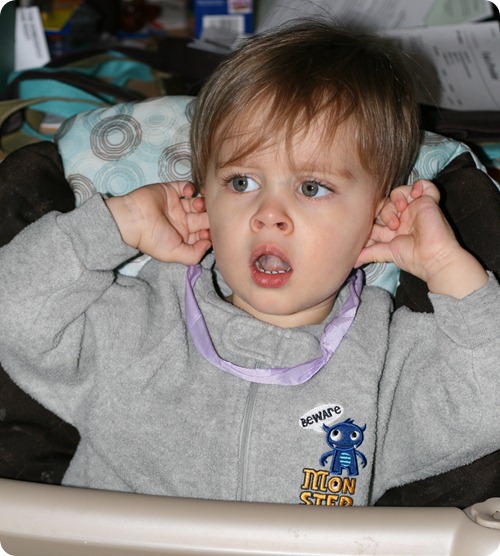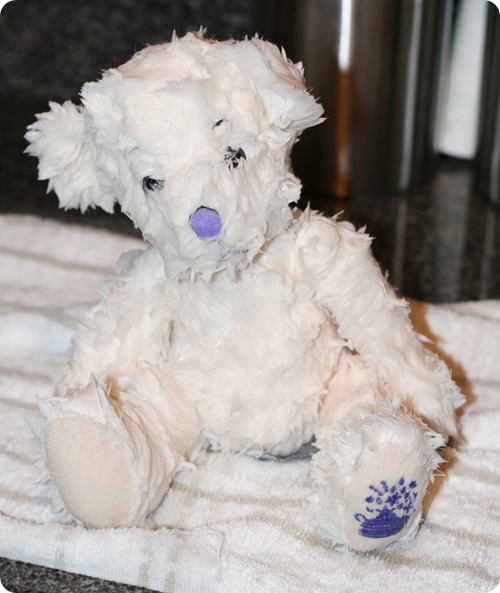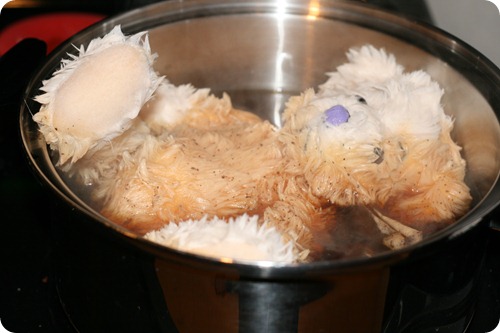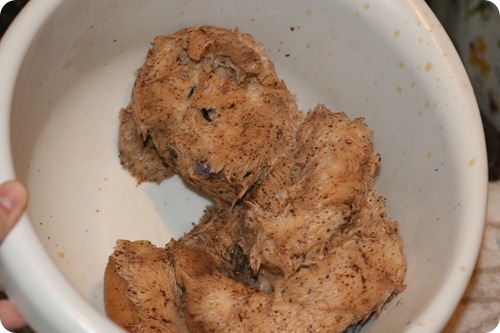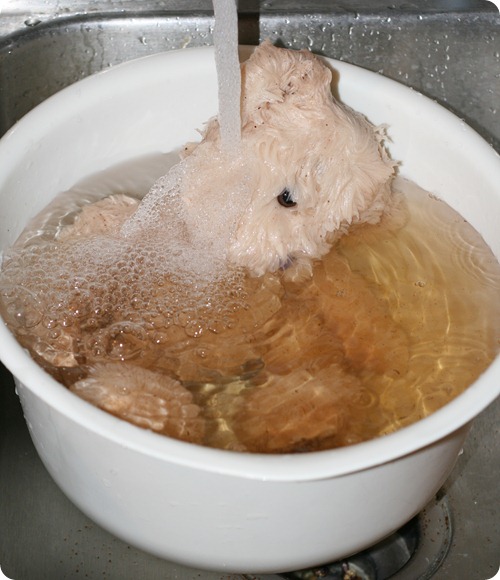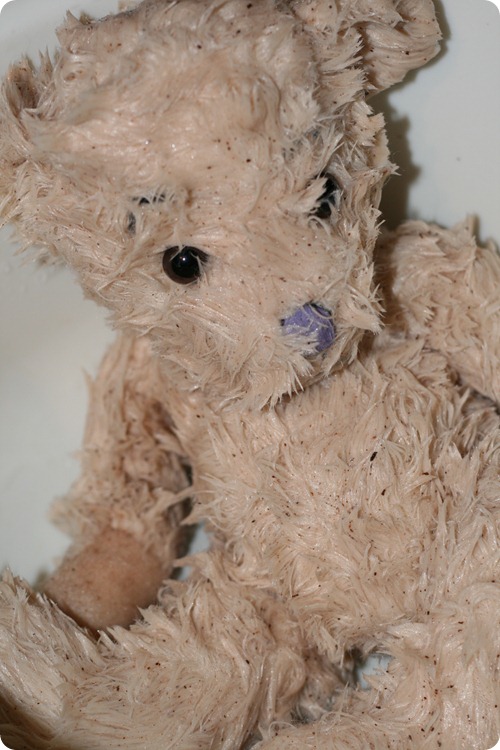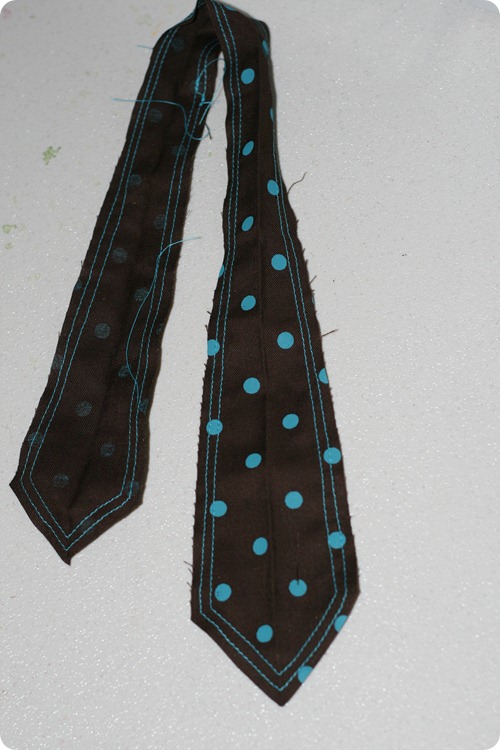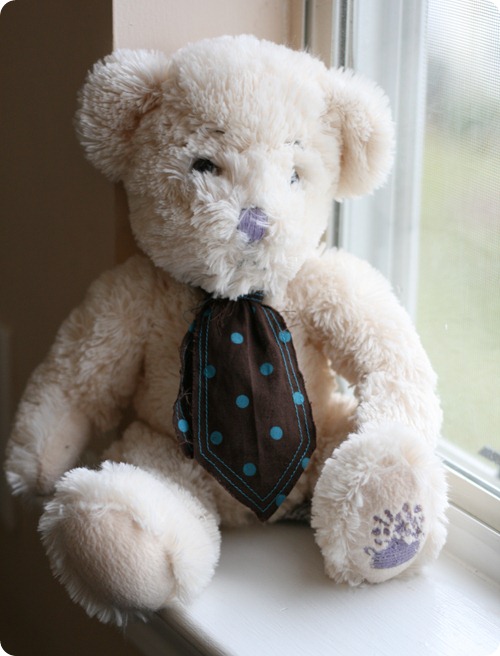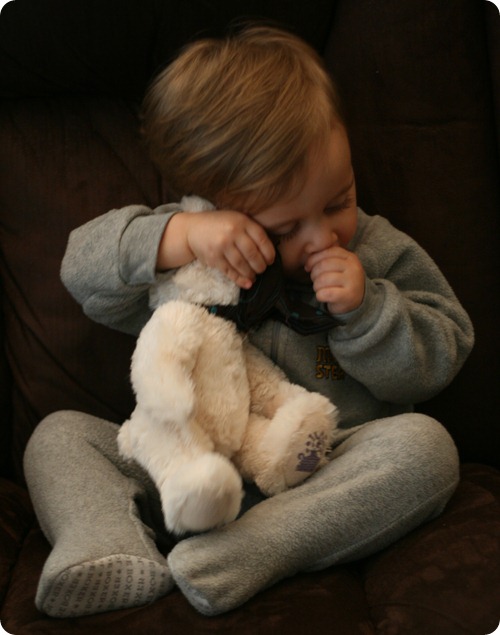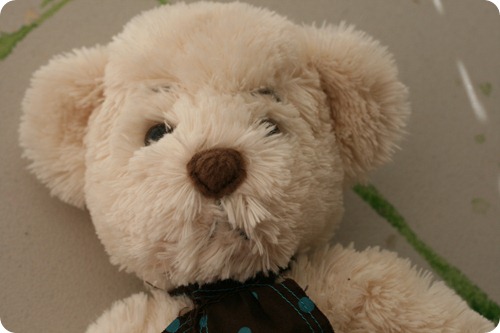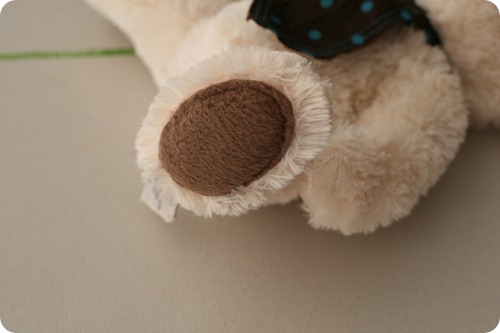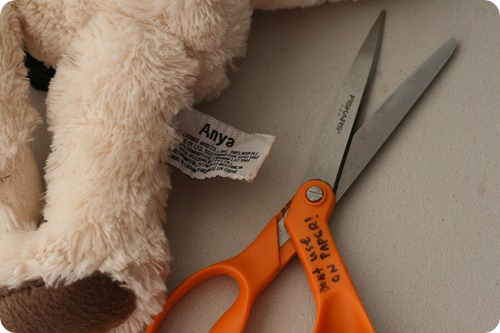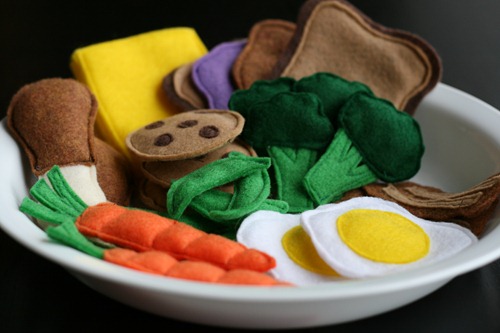
Here is the moment we’ve all been waiting for… (there’s totally a drumroll)…
I learned to create patterns in pdf form!!!!
I’ve been saying I’d do this for the longest time. It really wasn’t as hard as I was worried it would be. One day I’ll post about that for the other chickens out there  .
.
Patterns:
You’ll notice that most of the patterns call for cutting 2 pieces of felt, even for something flat. This is for stability, because you can warp or even tear felt pretty easily.
I tried to keep everything simple. All the stitching is on the outside, there’s no flipping or turning things inside out. And I did everything by machine.
Assembly Tutorial:
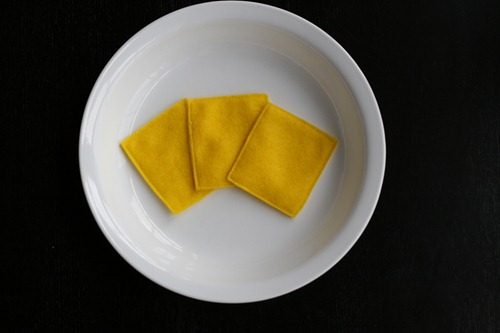
Cheese: Probably the easiest thing you’ll make in the felt food world. Cut 2 rectangles of felt, and sew them together. Tada! You’ve made cheese. You have some creative options here: you can change colors for different types of cheese slices (think off white with stitched sprinkles for Monterey Jack), oval for provolone, and if you want Swiss, my suggestion is to sew circles, and then trim the holes.

Bacon and Eggs: Felt food must-haves! Cut 2 egg whites and 1 yolk for each egg. Sew the yolk onto one of the whites, leaving a small opening. Very lightly stuff the yolk with polyfil and close the opening. Then put your 2 egg whites together, with the yolk on the outside, and sew all the way around.
For the bacon slices, I only cut 1 layer, because I felt like those lighter strips would be secure enough. Cut your darker bacon slices and 2 lighter strips for each slice. Just freehand those stripes, there is no reason to try to conform them to a pattern, and I think it would be more difficult to do so. Lay the light strips on top of the darker fabric and stitch around the strips.
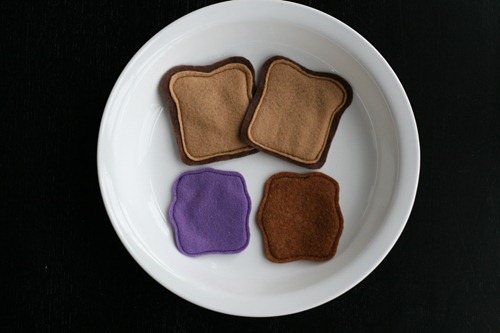
PB&J Sammy: I wanted everything to be as simple as possible, so these bread slices are flat, flat, flat! For each slice, cut 1 dark piece (that will become the crust) and 2 lighter pieces. This was actually the most difficult thing I did, despite trying to keep simplicity in mind. Sandwich those 3 pieces (light, then dark, then light) and pin the layers. You want to stitch around the edges of the light felt, catching all 3 layers. One of my slices came out perfectly the first time. The other slice slipped and I had to redo it a couple of times.
For the peanut butter and jelly, cut 2 pieces each and sew together. Super easy.
If you want to go a little further, you could make sandwich meats out of circles and ovals. I also want to make lettuce and tomato slices one day, but I just didn’t bother this time. Dexter already has a wooden sandwich set anyway.
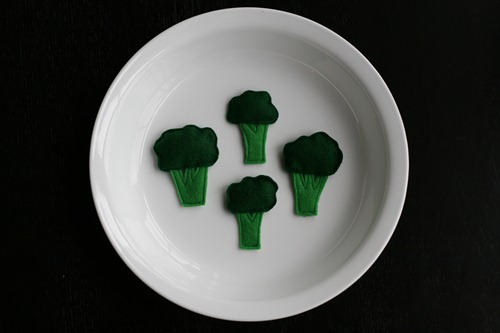
Broccoli: I had a lot of fun making the little veggies! I was inspired by Dana at MADE for the broccoli and chicken legs for sure. In fact, I was probably most inspired by her felt food, because I saw how simple it could be instead of trying to create incredibly detailed 3D models of food.
Back to the broccoli. For each piece, cut 2 stalks, and sew those together. Cut 2 florets, my recommendation is to cut ovals just slightly bigger than you want your floret to be. This is another time where freehanding is going to be easier on you.
Ok, I said oval, but what I did was more like a little mushroom cap. You take your 2 little mushroom cap shapes, and freehand a broccoli shape around the top, leaving the bottom open.
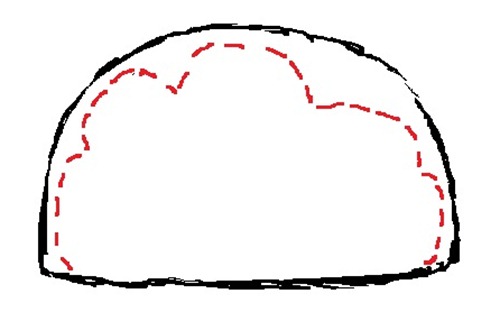
Next, take a little bit of polyfil and stuff the top. Then poke your little stalk into the opening, and stitch it closed. Like this:
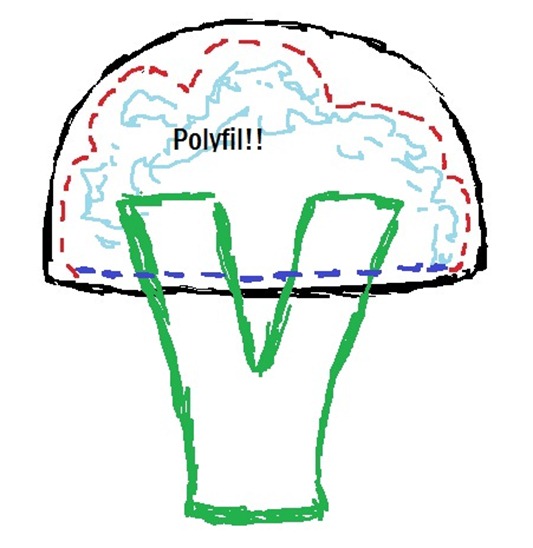
(Bet you can’t tell that I’m sketching these out as I go…)
Then trim your broccoli tops, and you’re done!
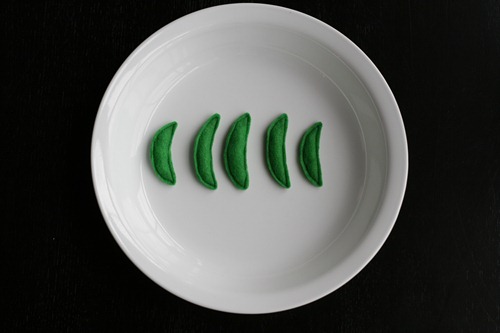
Beans/Peas: Cut your 2 pieces. Sew along the curved back, leaving the inner curve open. Ball up polyfil into 3 little pea-sized… well… peas. Or beans. Put them in a row inside your shell. Sew up the inner circle.
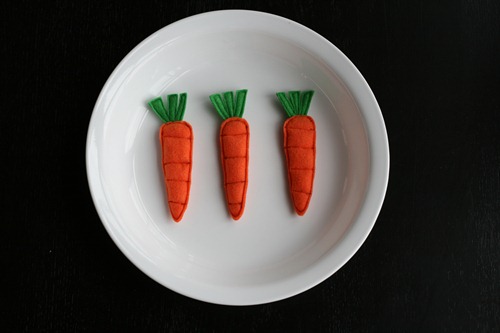
Carrots: These go together like the broccoli pieces. Sew your little carrot tops together, then sew the carrots, leaving the top open. Stuff with polyfil, then put the stem inside the opening and stitch shut. Then, I ran these guys under my sewing machine to create the lines. It wasn’t super easy, I had to help them along. Don’t “help” them so much that you break a needle. But some light pressure should be ok.
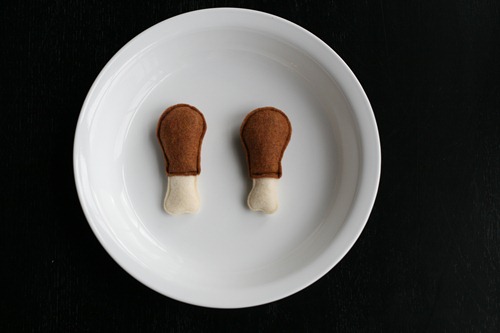
Chicken Legs: I’m in love with these little chicken legs. Sew the 2 meat parts together, leaving the bottom open. Sew the 2 bone pieces together, leaving the top open. Stuff both sections with polyfil. I stuffed these a little more firmly, leaving it a little softer at both of the openings. Insert the bone into the meat opening (Ok, I just realized how creepy meat assembly sounds!), and stitch across all layers.

Cookies: You can make different kinds of cookies. Whatever you make, sew the add-ons to the top before you sew and stuff the actual cookie (or if you plan to hand stitch, you can do the add-ons at any time). Then sew most of the way around the 2 cookie layers, stuff lightly (you don’t want these to be too puffy), and then sew across the opening.
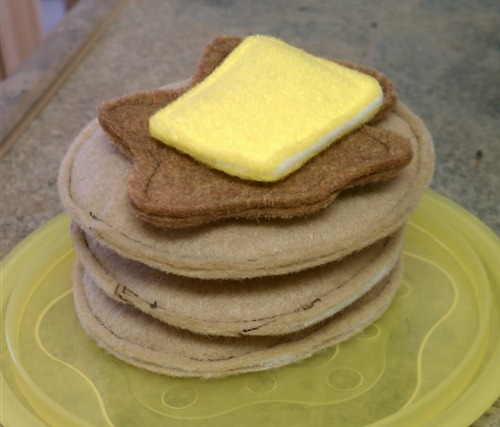
Pancakes: These were the first items I made, and I couldn’t find them when I did my photo shoot, AND I only took one phone picture of them before I gave them away. I did not think ahead to when I’d be doing a fancy-schmancy tutorial.
At the time, I did these a little differently than I would now. You can probably see the batting peeking through. That was before I realized that stuffing with polyfil works just as well and actually looks better.
For the pancakes, cut 2 pieces, sew most of the way around, stuff lightly with polyfil, and close ‘em up.
For the syrup, cut 2 pieces, sew together.
For the butter, cut 2 pieces, sew 3 sides, lightly stuff, sew the 4th side. (I feel silly for typing out all these directions, since most of them are “cut 2, sew together”, but I wanted this to be as easy as possible for anyone making them!)
Now, when I made these, I thought I had just created the most amazing thing ever. And then I found these on Etsy. I guess there are only so many ways to make felt pancakes!
Oh, I also indicated on the pancake pattern that this is also what I’d use to make a hamburger. And yet, I have not created a hamburger bun pattern. I will do that soon though, because my sister has requested a hamburger for her boys. I’ll probably tackle the lettuce and tomato slices at the same time.
Links:
Now, I promised links to all the felt food that inspired me, but it was extremely hard to go back and find those!! I will add what I found, and maybe this was all. I know for some of the items I just did my own thing, making them look the way I thought they should look. But I truly don’t want to take credit for something someone else did, so I am sorry if I missed a link!!!
Dana at Made (The cutest little almost-2D picnic set! And I just noticed she has bread slices in there too, so maybe that’s where I got that inspiration as well as the broccoli and drumsticks)
Pickle Things at Black Wagon (This is likely an inspiration for the cookies.)
Stitches by Krustal (I didn’t get my cheese from here- I don’t think that sad little cheese slices are particularly inspired, as they are just squares- but I plan to use this as a jumping off point for my future hamburger bun, because the style is very similar to my felt food philosophy. And if you don’t want to wait for my version, which will probably only be slightly different, this would be a good place to go for a simple bun.)
Now, go have fun felt-fooding it up!!
